Review: The Canon 80D is a Solid DSLR Stuck in No Man’s Land
![]()
The Canon 80D is the latest in Canon’s line-up of mid-range, enthusiast level DSLRs. On paper, the 80D looks to be an improvement in practically every regard over the 70D of 2013, especially with the introduction of a new dual-pixel 45 point auto-focus.
So when a box arrived by courier containing an advance preview of the 80D I was looking forward to testing it out but starting from a position of mild skepticism. It will have to work hard to impress me.
![]()
Out of the Box
Canon released a couple of other items at the same time as the 80D, including a new 18-135mm f/3.5-5.6 “Nano USM” kit lens and a powered zoom adaptor. I didn’t expect to find the power-zoom in the box but I did expect to see the 18-135mm lens. Instead, it shipped with one of the older and less exciting 18-200mm lenses. I’m still awaiting availability info on the camera + 18-135mm lens options so for now this review will only cover the camera.
Box contents were very much expected in other aspects. Camera, battery and charger, strap, all the usual manuals plus the aforementioned 18-200mm kit lens.
![]()
Specifications
- 24.2 megapixel APS-C sensor
- DIGIC 6 processor
- ISO 100 – 25,600
- 7fps burst mode
- 1080p 60fps FHD video recording, MPEG4 AVC/H.264
- SD/HC/XC card formats supported
- 45 cross-type point phase-detect multi-mode autofocus
- 63-zone 7,560 pixel metering sensor
- 3″ 1.04mp LCD screen
Usage and Handling
The 80D is a “mid-range”, weather-resistant EF-S mount DSLR. Size-wise it sits reasonably squarely between the 760D and the 5D-III. Actually, the biggest difference in physical size comes from accommodating the LP-E6N battery, otherwise it’s more in line with the smaller 760D than the other “mid-range” camera I compared it to. The 80D has managed to lose some weight too and is about 5% lighter than its predecessor. It’s still on the relatively heavy side at 730g, putting it in the same ballpark as the Sony A7RII. So it’s not the biggest, heaviest brick in the Canon lineup yet still benefits from their biggest battery.
The vast majority of changes between the 70D and 80D are internal and although there have been some cosmetic tweaks I didn’t really find anything significantly different. I generally find that most of the buttons are laid out in a more intuitive and sensible location on mid-range size bodies like the xxxD and xxD, rather than on the full-size SLRS, but to be totally honest it’s “more of the same” and any Canon shooter will adapt extremely quickly. I still think Canon ergonomics and menus are the best out there.
![]()
The touchscreen is worth a special mention. It was pretty good on the 70D and it just *feels* better here. No accidental shooting when your nose touches the screen as you raise the camera to your eye!
![]()
Onto the good stuff.
The autofocus has seen a serious boost in capability featuring 45 all cross-type focal points (up from 19 in the 70D). Superficially, using it reminded me a lot of that on the 760D but performance wise it’s a step up. It was fast and accurate on all lenses I tried shooting through the viewfinder. That said, third party lenses including the Tamron 24-70mm and 150-600mm, and Sigma 70-300mm, were slightly slower. Not slow – not by a long shot – and they were still accurate, but there was a small, perceptible difference between 3rd party lenses and EF-S lenses and good L glass as you might expect.
To put it into context, as you’ll see later in the sample images, even when shooting birds in flight with the 150-600mm Tamron it was still very quick and tracked the target accurately. That said there is still a problem using third party lenses in Live-View mode. Both the Tamron and Sigma lenses did not work, at all. In fact, with my Tamrons, if you half-pressed the shutter button the lens and camera would lock up completely. Even turning the camera off would not fix the problem and you need to remove the battery completely.
Bear in mind these lenses had their firmware upgraded after I encountered a similar issue with the 7D Mark II so this is a new issue – actually, it’s a lot worse than before because it crashes the camera! This is always a risk you take when buying off-brand lenses and even though it’s limited to Live-View mode it’s still very annoying!
With all my Canon lenses though, autofocus really worked well with using Live-View and touch focusing. For people and moving targets it was good, tracking them across the entire scene. It even tracked through fences and tree branches pretty well. It will come into its own for videographers! Shooting wildlife was less impressive, not because of any limitation of the AF but only because it’s difficult to practically use live-view and follow monkeys and birds racing around tree tops! Even shooting waterbirds skimming above the reservoir was tricky and I managed to get much more consistent results using the viewfinder.
Switching between AF modes is simple but I found that manually selecting a single specific point was a bit tricky – you need to use the D-pad while keeping the subject framed, one hand holding the lens while the other holds the camera, thumb fumbling for the control. Maybe it’s just my giant hands. But in the end I opted to use the grouped AF point mode, that way I could select and switch between groups of AF points when predicting the ones I needed rather than have to manually select the 1 in 45 point I needed! One last change to the AF is that the centre point now focuses down to -3EV.
The 7D Mark II is still the king but it’s pretty exciting to see such quality AF systems appearing across the whole Canon range.
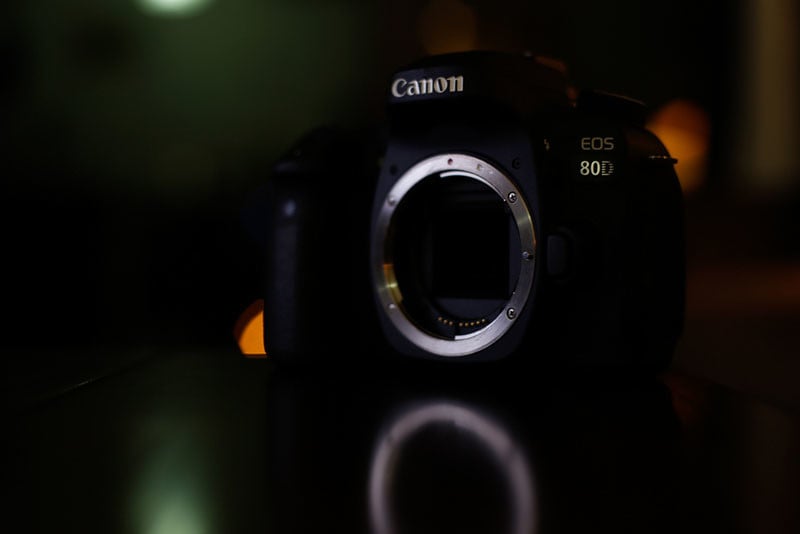
Video features have been up-rated too, albeit stopping short of including 4K video. I think this is a mistake, whether it’s true or not it feels like now Canon are deliberately hamstringing their cameras, we know the tech is available so when it’s omitted it gives the wrong impression. Still, the 80D now shoots FHD at 60p, increased from the 30p of the 70D. The 80D also has headphone and microphone jack sockets now too, meaning the need to hack/workaround to monitor audio while recording can be done directly.
Other features include the anti-flicker white balance mode (very handy), WiFi and NFC (couldn’t test NFC, WiFi worked as well as other Canon cameras) and an improved metering sensor. For the latter, it’s the same metering sensor found on the 760D but if I am being totally honest I didn’t really notice any huge difference over my other cameras and still needed to be consciously aware of/compensating for the lighting conditions myself.
A quick word on battery life, which was, in short, exceptional. I charged the battery to full once when I received the camera and never needed to charge it again throughout the entire time I used it, for just over a week. By the time I handed the camera back I’d shot 1107 images (according to Lightroom) and the battery was still showing over 30% charge. Even if the remaining charge was an overestimate, that’s still superb performance and is a pretty stark contrast to the couple of hundred shots you get in the competition’s small batteries.
Overall, there have been a number of good refinements and improvements with that new AF system on top. So far so good…
Image Quality
Rounding out the package is the new 24mp sensor – let’s see what it can do! I always try to test cameras out in a range of scenarios, from situations you’d expect it to excel and ones it may be less comfortable in. However I’m well aware that the 70D was popular with bird and wildlife photographers who may be interested in it as a cheaper alternative to the 7D Mark II. With that in mind, I thought I’d give a bit more attention in that area where I could.
To begin I wanted to explore the cropping potential from the higher resolution sensor – the next three images show the beginning, middle and end of a very quick, rough and ready process.
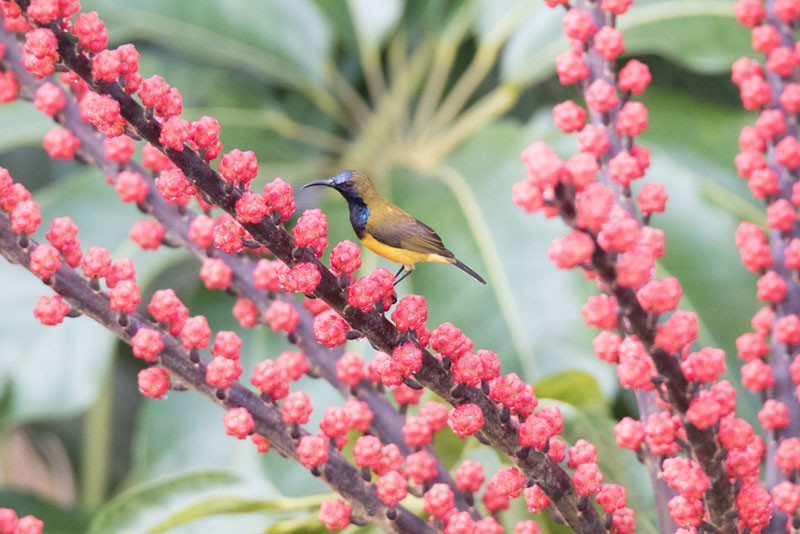
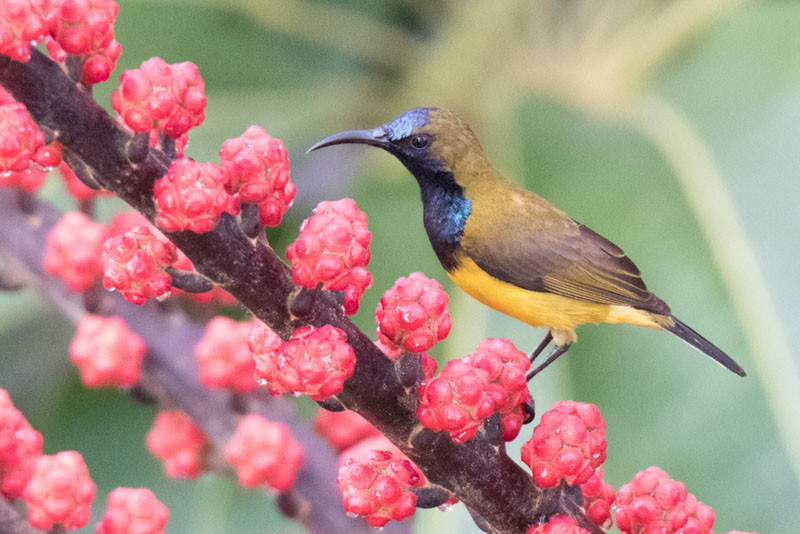
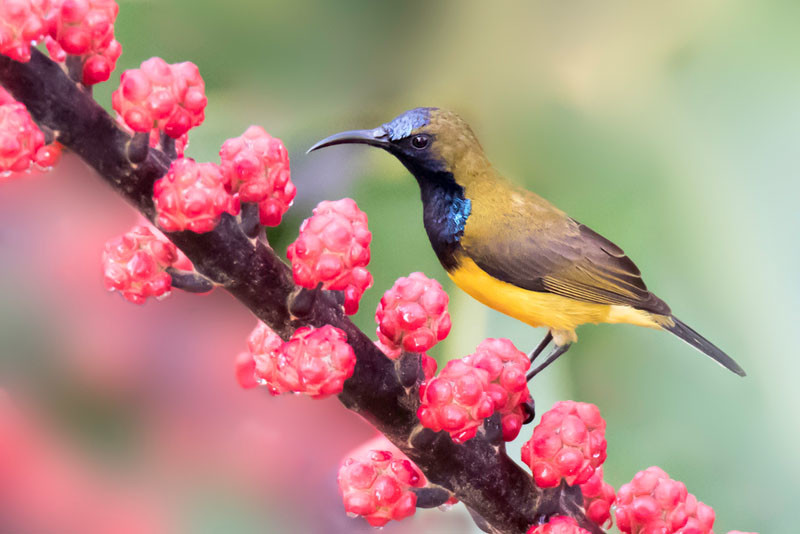
The next two images show the image noise – shot at 1/100th sec, f/8 and increasing in full stops. ISO 100 is at the left and it goes up to the maximum expanded ISO of 25,600 on the right.
![]()
This is the same image as above but pushed in Photoshop to accentuate the differences between ISO settings.
Generally speaking I think images are clean and largely indistinguishable up to 1600. 3200 is pretty good and 6400 is definitely useable in some circumstances – some of the bird photos were shot at ISO 6400 to make sure I could get the aperture and shutter I wanted. Above that though, it gets messy…
![]()
Onto the sample images!
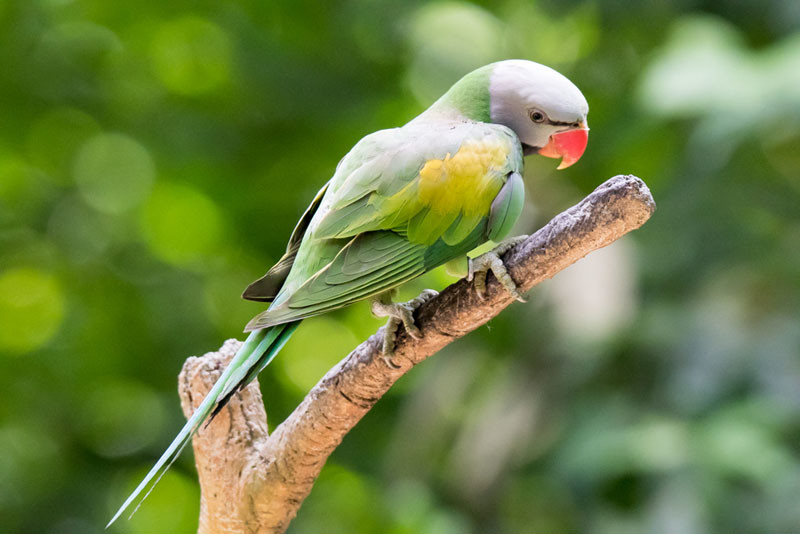
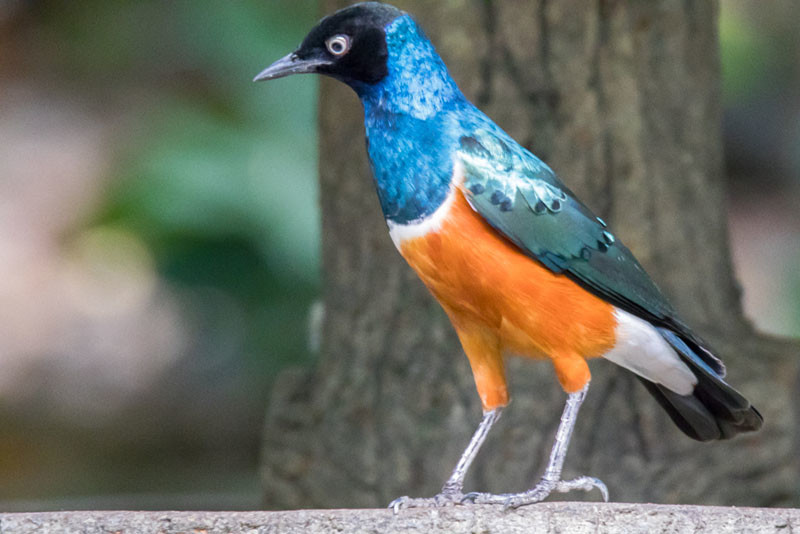
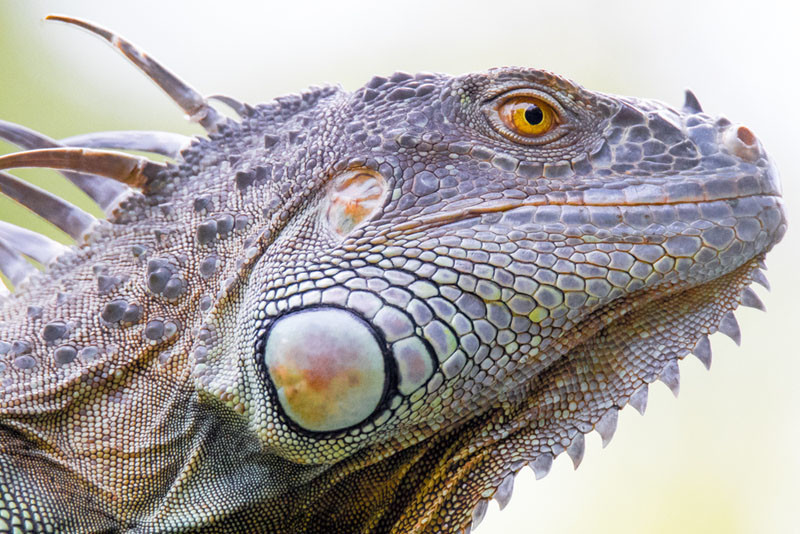
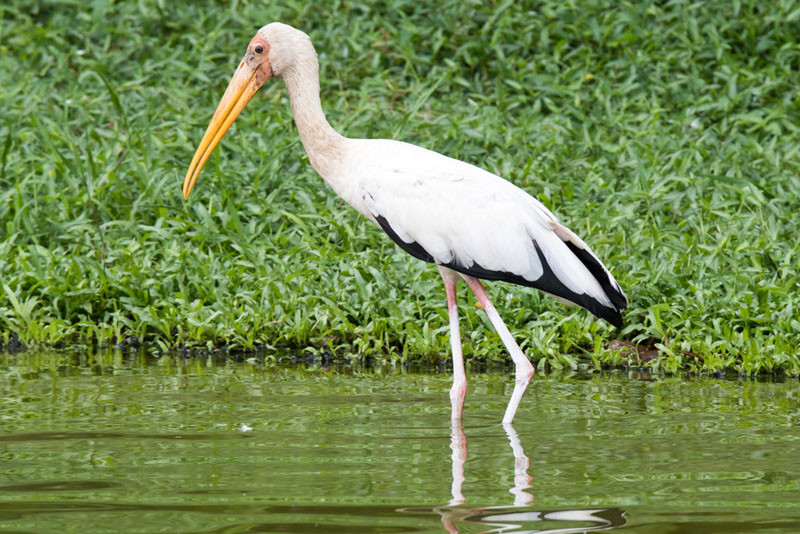
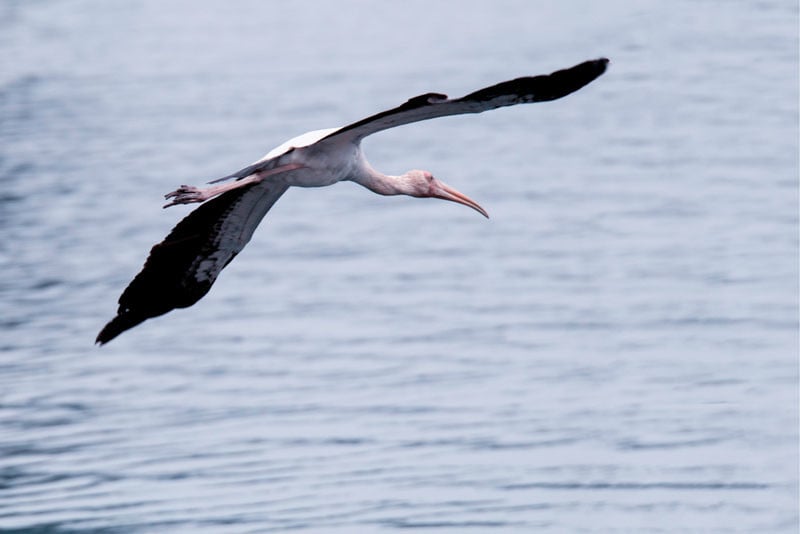
![]()
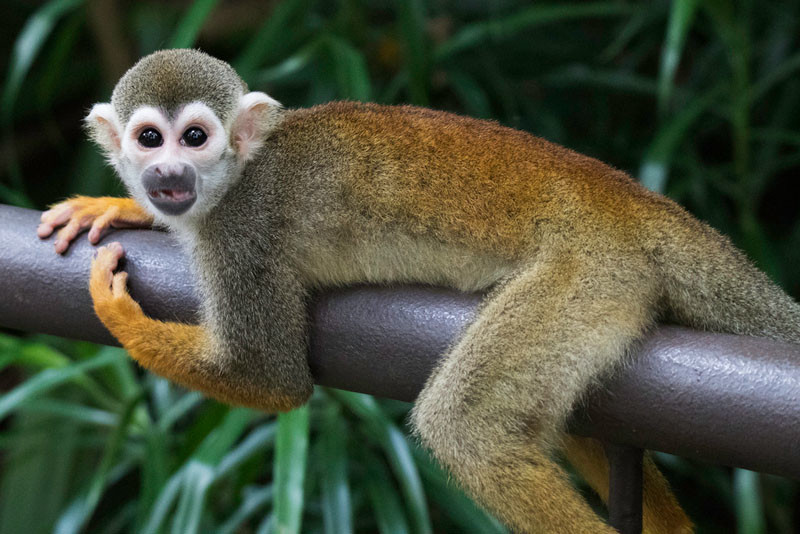
![]()
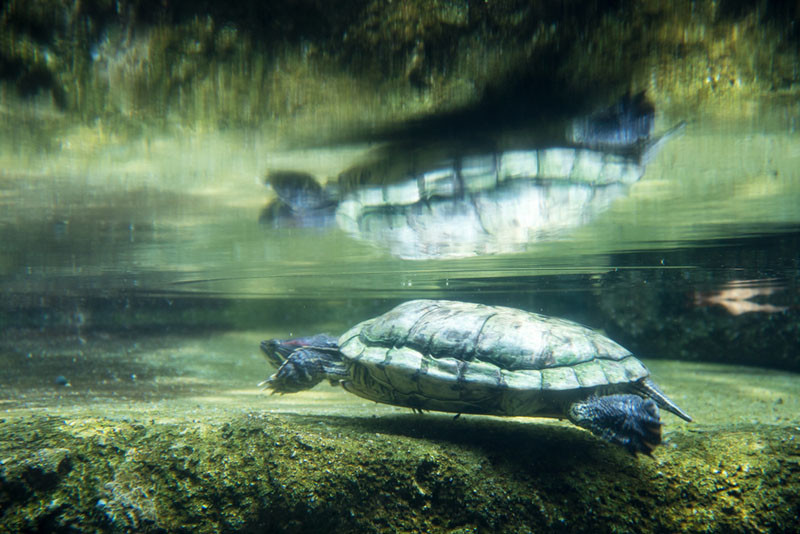
![]()

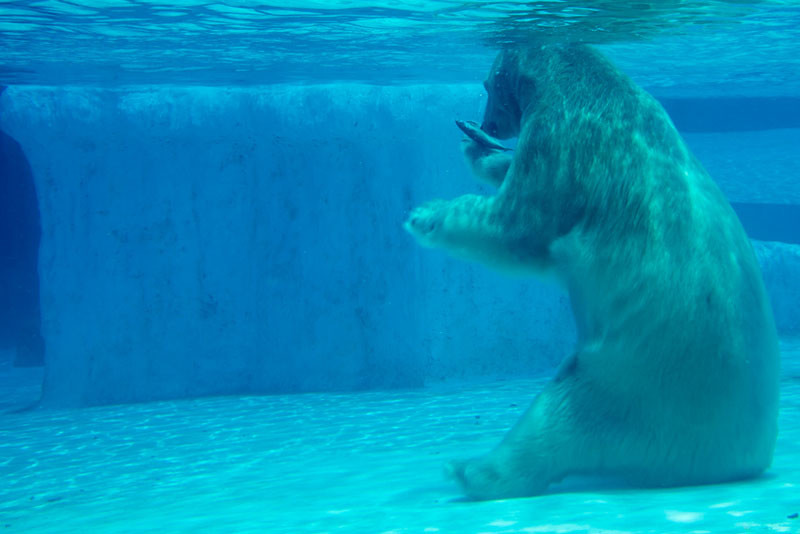
![]()
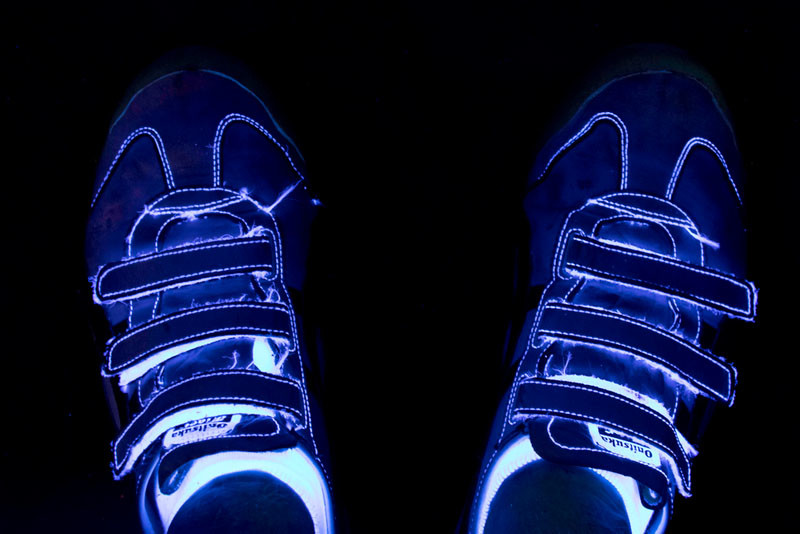
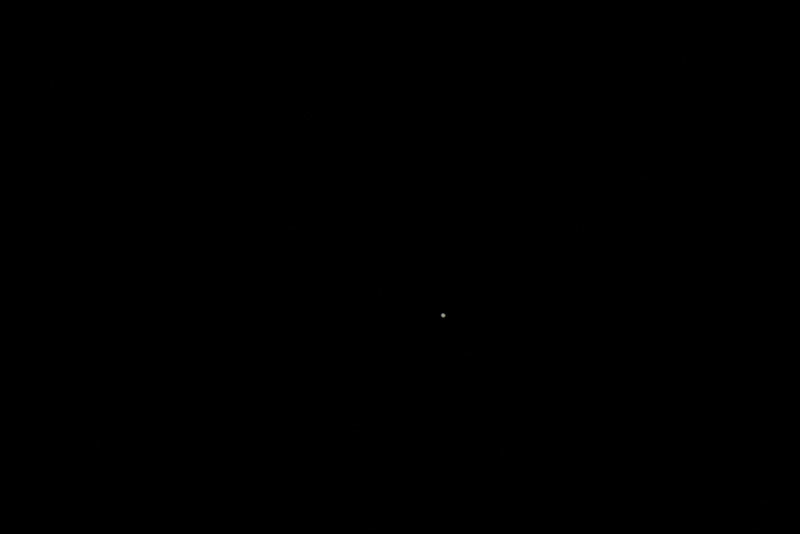
This is Jupiter shot at 600mm – with the 1.6x crop factor it’s the same field of view as a 960mm lens! It’s fairly amateur by astrophotography standards but it’s still cool to see! You can even see some details on the LCD screen when you enable 10x magnification
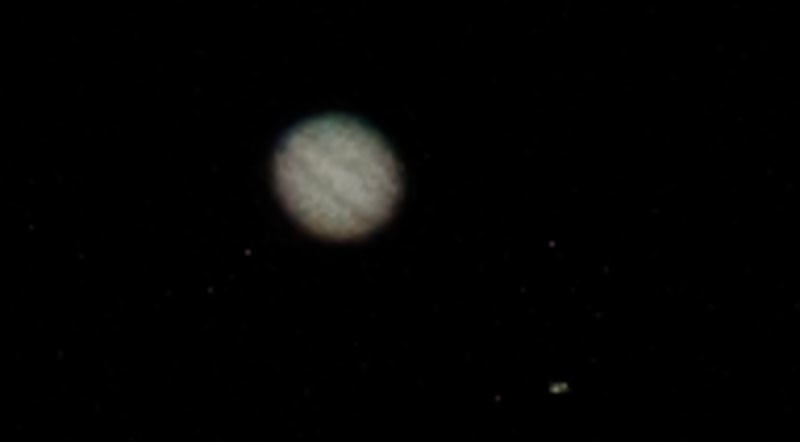

![]()
![]()
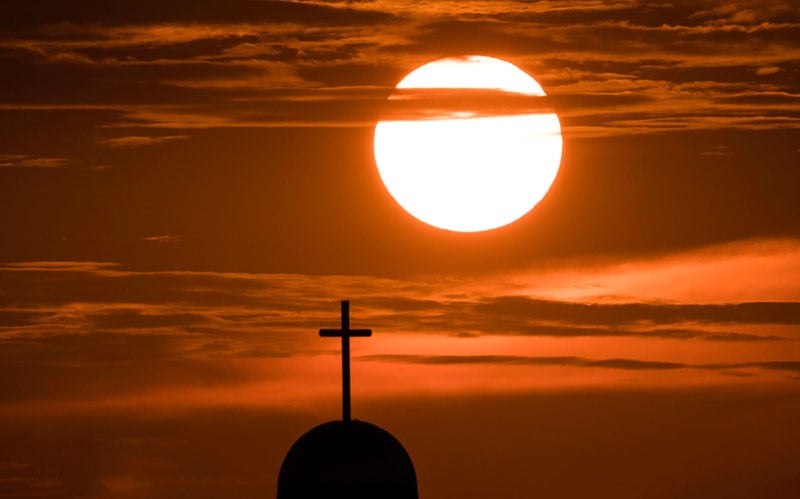
Pros
- Very impressive autofocus, fast and accurate
- Decent upgrades for video, in both recording quality and camera handling
- Good touchscreen, probably the best implementation on a DSLR I’ve seen
Cons
- High ISO performance is relatively average at best
- Still no 4K video
Conclusion
If you remember I started this review with the opinion that I’m not a solid fan of the xxD series of cameras. I suppose the first question is whether the 80D has changed that perception? Well….
Yes and no. Mostly no, but the “yes” part surprised me. When comparing the specs of the older models, let’s say the 700D, 70D and 7D Mark II as all were released relatively close together, I personally thought the feature set of the 70D simply wasn’t useful enough on a day to day basis to warrant paying extra for. I can count on one hand the number of times I’ve shot at 1/4000th of a second let alone 1/8000th, by way of example!
It felt like the 70D was the “Grande” option from a Starbucks menu, just something at an interim price point to satisfy buyers who had more money than needed for the 700D but not enough for the 7D Mark II. I’ve always advised people to start with the “best of the lowest level”, in this example I advise getting the 700D, spend lots of time using the camera to work out what they truly need with their first upgrade – be it the features of a 7D Mark II or a full frame option.
The 80D is the first time I can remember where Canon have genuinely differentiated between the models in their lineup. I thought the 760D was going to be tough to beat and to my surprise Canon have actually put features in the 80D that means I would – in some cases – recommend it over the entry level option. If you’re shooting birds and nature but can’t afford the 7D Mark II then it’s definitely a very solid choice; what you lose in things like burst rate you gain in extra resolution to give more latitude for cropping.
That said though, the camera is definitely evolution rather than revolution. Just because it surprised me doesn’t mean it amazed me. The high-ISO noise performance was something of a disappointment, albeit in that it didn’t feel significantly better than the older model rather than being “bad”. The video improvements are solid, but not 4K-level inspiring.
Overall, I would definitely recommend this 80D to people interested in shooting wildlife who can’t afford a 7D Mark II, or perhaps as a second-body for someone with a full-frame camera. I’d still nudge beginners in the direction of the 760D and the serious sport/nature-togs are still going to go for the 7D Mark II.
About the author: David Candlish is a photographer from the UK and currently living in Singapore. You can connect with him through his website, Twitter, Instagram, and Flickr. This article was also published here.